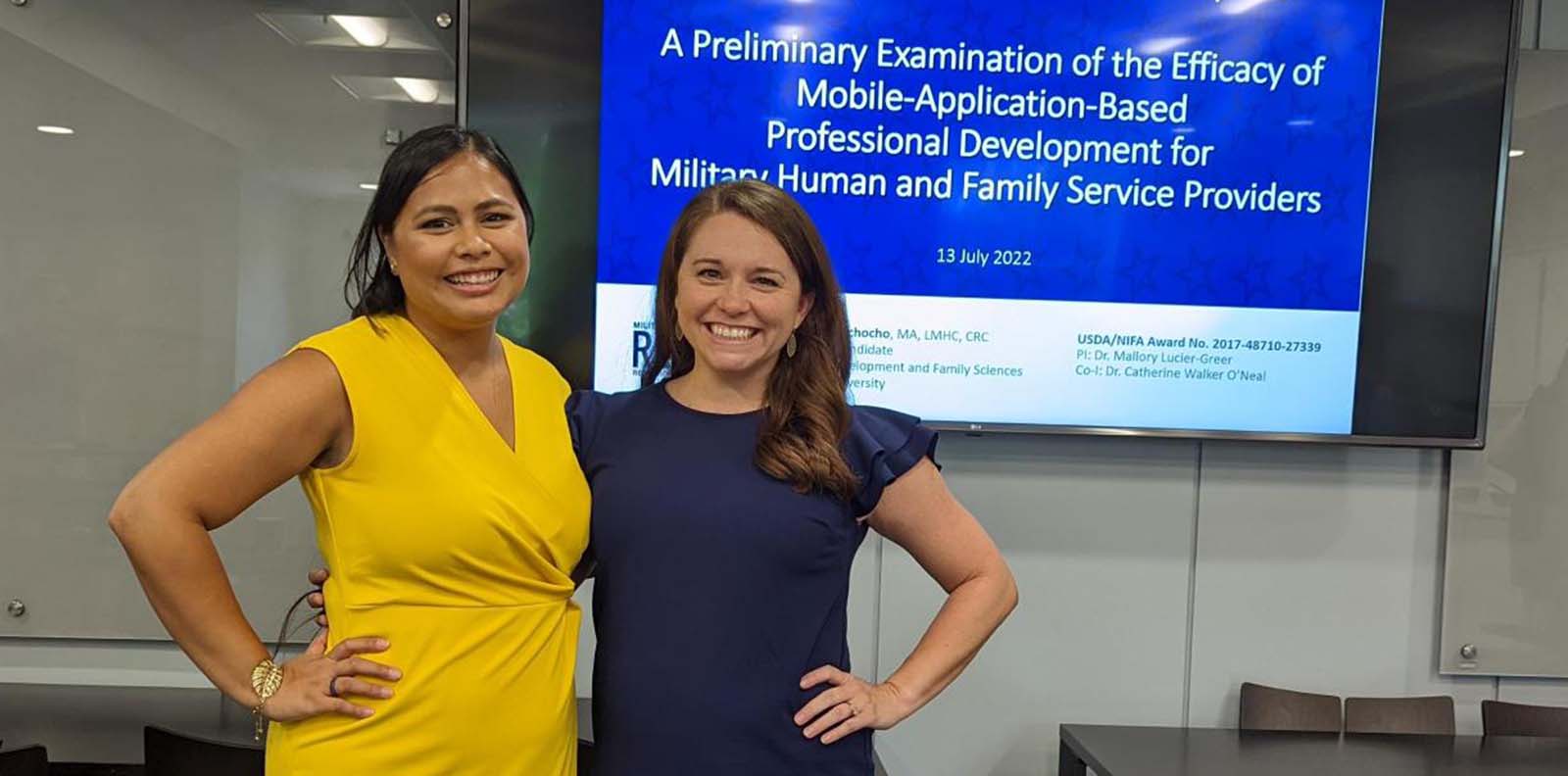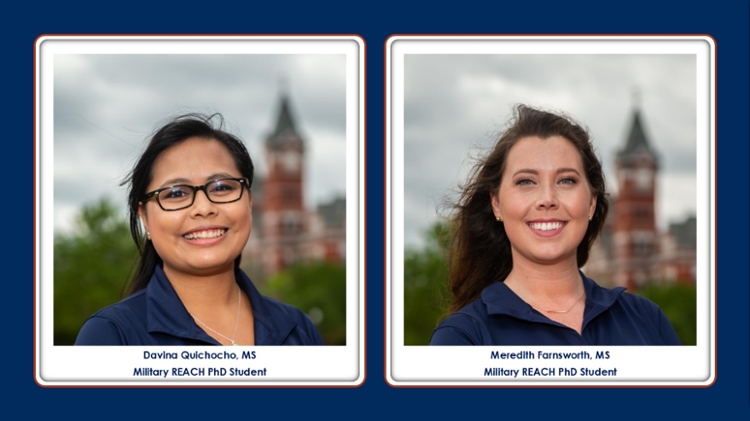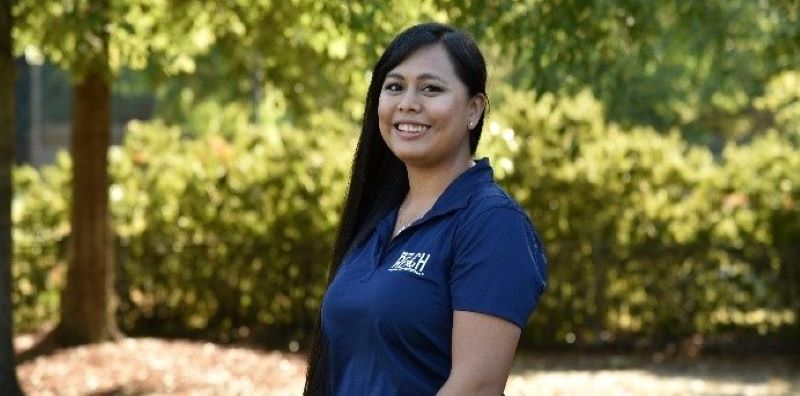The Office of Military Family Readiness Policy requested a comprehensive review of the literature regarding concussions in youth sports as a means to inform policy and encourage best practices concerning the safety of young athletes. First, this report begins by defining concussions in youth sports, which are referred to as sports-related concussions (SRCs) within the academic literature, and then information is presented about the prevalence, symptomology, impact, and risk factors of SRCs. SRCs occur when an athlete experiences a sudden, forceful movement that causes the brain to twist or move rapidly into the skull; the collision of the brain into the skull can stretch, tear, or damage the brain’s nerve cells and disturb the chemical balance within the brain. This disturbance has the potential to impair the brain’s ability to accomplish essential tasks. Current estimates suggest that 1.1 to 1.9 million SRCs occur annually among youth. Next, a discussion is presented on how legislation and policies have positively influenced the health of young athletes and resulted in a significant decline in SRC rates. As of 2014, all 50 states and the District of Columbia enacted laws addressing concussions in youth sports, the majority of which are modeled after the Lystedt Law to include three core components: - Annual education for coaches, parents, and athletes regarding SRC symptomology - Removal from play guidelines following an SRC or suspected SRC - Return-to-play protocols that often include clearance from a licensed healthcare professional In this section, multiple research-based training opportunities and tools are provided to educate coaches, parents, athletes, and healthcare professionals on preventing, recognizing, and managing concussions. These resources are widely available and are derived from highly reputable sources, such as the Centers for Disease Control, the American Orthopaedic Society for Sports Medicine’s Sports Trauma and Overuse Prevention, the National Alliance for Youth Sports, USA Football, the Institute of Medicine-National Research Council’s Committee on Sports-Related Concussions in Youth, and the International Conference on Concussion in Sport. Finally, this report concludes with a series of actionable strategies rooted in policy and currently available tools.
Library (6)
Research in Action (9)
Featured News (3)
Showing library results for: Davina quichocho
Filters: Research Report
1 - 6 of 6APA Citation:
Quichocho, D., Lucier-Greer, M., Nichols, L. R., O’Neal, C. W. (2019). Retaining high-quality employees: Contextual considerations and strategies for facilitating retention within child care settings. Auburn, AL: Military REACH
Focus:
Other
Branch of Service:
Multiple branches
APA Citation:
Burke, B., Lucier-Greer, M., Quichocho, D., Sherman, H., Nichols, L., & O’Neal, C. W. (2019). A review and application of posttraumatic growth for enhancing the well-being of military service members and their families. Auburn, AL: Military REACH.
Focus:
Children
Youth
Parents
Couples
Deployment
Trauma
Mental health
Physical health
Veterans
Branch of Service:
Army
Navy
Air Force
Marine Corps
Multiple branches
Population:
Childhood (birth - 12 yrs)
Infancy (2 - 23 mo)
Preschool age (2 -5 yrs)
School age (6 - 12 yrs)
Adolescence (13 - 17 yrs)
Adulthood (18 yrs & older)
Young adulthood (18 - 29 yrs)
Thirties (30 - 39 yrs)
Middle age (40 - 64 yrs)
Aged (65 yrs & older)
Very old (85 yrs & older)
3 Community-based assistance for victims of domestic violence
APA Citation:
O’Neal, C. W., Nichols, L. R., Quichocho, D., Herren, C., & Lucier-Greer, M. (2018). Community-based assistance for victims of domestic violence. Auburn, AL: Military REACH.
Focus:
Couples
Programming
Branch of Service:
Air Force
Army
Coast Guard
Marine Corps
Multiple branches
Navy
Military Affiliation:
Active Duty
Population:
Adulthood (18 yrs & older)
Young adulthood (18 - 29 yrs)
Thirties (30 - 39 yrs)
Middle age (40 - 64 yrs)
APA Citation:
Lucier-Greer, M., Nichols, L. R., Peterson, C., Burke, B., Quichocho, D., & O’Neal, C.W. (2018). Problematic sexual behavior among children and youth: Considerations for reporting, assessment, and treatment. Auburn, AL: Military REACH.
Focus:
Children
Youth
Parents
Programming
Child maltreatment
Trauma
Mental health
Population:
Childhood (birth - 12 yrs)
Neonatal (birth - 1 mo)
Infancy (2 - 23 mo)
Preschool age (2 -5 yrs)
School age (6 - 12 yrs)
Adolescence (13 - 17 yrs)
APA Citation:
Lucier-Greer, M., O’Neal, C.W., Quichocho, D., & Burke, B. (2018). Youth sports and child health: A guide to understanding sports-related concussions and ways to promote safer play. Auburn, AL: Military REACH.
Focus:
Youth
Physical health
Population:
Childhood (birth - 12 yrs)
Preschool age (2 -5 yrs)
School age (6 - 12 yrs)
Adolescence (13 - 17 yrs)
6 The Exceptional Family Member Program: Staffing and case management
APA Citation:
O’Neal, C. W., Quichocho, D., Burke, B., & Lucier-Greer, M. (2018). The Exceptional Family Member Program: Staffing and case management. Auburn, AL: Military REACH.
Focus:
Children
Youth
Programming
Mental health
Physical health
Branch of Service:
Multiple branches
Military Affiliation:
Active Duty
Guard
Reserve
Veteran
Population:
Childhood (birth - 12 yrs)
Neonatal (birth - 1 mo)
Infancy (2 - 23 mo)
Preschool age (2 -5 yrs)
School age (6 - 12 yrs)
Adolescence (13 - 17 yrs)
Adulthood (18 yrs & older)
Young adulthood (18 - 29 yrs)
Thirties (30 - 39 yrs)
Middle age (40 - 64 yrs)
DR. DAVINA QUICHOCHO DEFENDS HER DISSERTATION
STUDENT HIGHLIGHTS: DAVINA QUICHOCHO, RESEARCH TEAM

Loading





